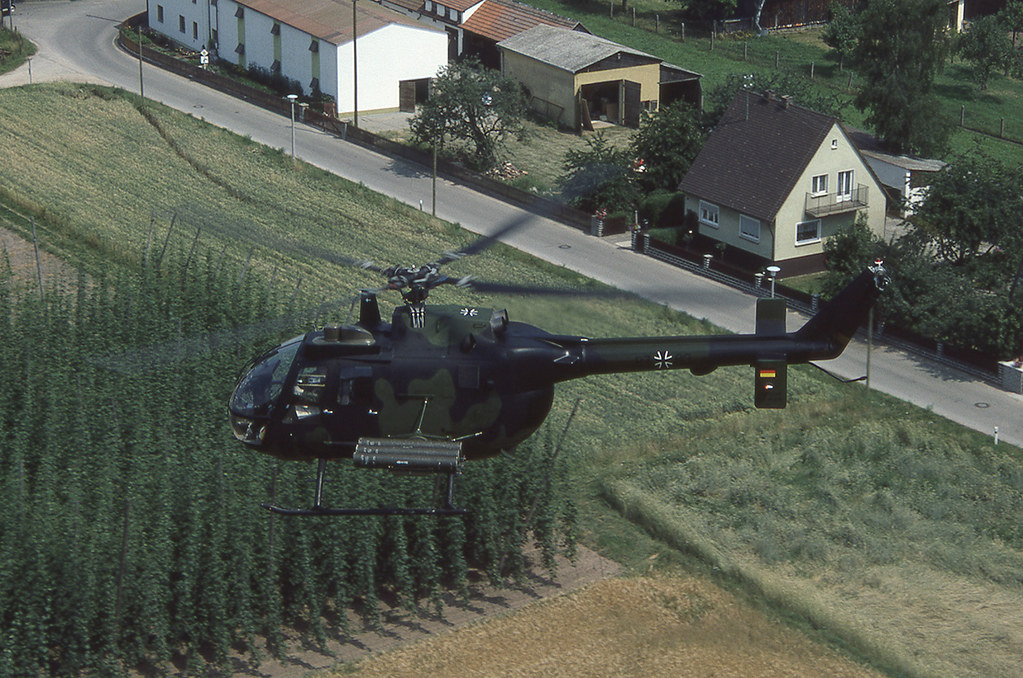
Author’s Note: I wanted to do the Baltic Approaches in a single entry. Unfortunately, a computer issue yesterday has brought on a delay. So, tomorrow or early Monday I’ll post the remainder of this entry tomorrow, followed by a Ukraine update later on Monday. Then we head farther north.
LANDJUT’s offensive in southern Jutland commenced at 0500 on D+22. Compared to the NATO effort on the North German Plain, the attack in Jutland was a more modest affair. In the first day of the offensive, LANDJUT fielded elements of the Danish Jutland Division and the West German 6th Panzergrenadier Division. Both divisions had been infused with an abundance of new equipment, vehicles, and troops in the past three days, as well as supplies. They were in the best shape possible given conditions. The battle plan was not overly complex. For the first phase, the West German division was tasked with pushing south and clearing southeastern Jutland of Warsaw Pact forces. Later in the day, the Jutland Division would start a similar sweep in the western half of the Jutland Peninsula.
The opening hours of the attack went better than expected. West German mechanized infantry units pushed south and searched for the main enemy lines. Intelligence reports indicated the Soviet 20th Tank Division and surviving elements of an East German motor rifle regiment were the main opponents. Only a smattering of enemy units were encountered and engaged. In sharp contrast to earlier in the war, the Warsaw Pact troops were in no condition to put up a strong defensive effort. In the aftermath of a handful of brief engagements, the bulk of a Soviet tank regiment and the East Germans surrendered.
The capitulation served a purpose for the Soviets, however. It delayed the West Germans considerably and bought the rest of 20th Tank Division valuable time to complete its pullout from Jutland. Surrenders meant prisoners and dealing with this unforeseen variable was time-consuming, to say the least. The lead West German brigade turned off to properly deal with the hundreds of prisoners, their weapons and equipment. The follow-on brigade, 17th Panzergrenadier hurried forward to continue the pursuit. Yet by the time the advance was underway again, a battalion-sized Soviet spoiler attack managed to hold up this brigade up for ninety minutes.
Aerial reconnaissance sorties and information from long-range recon troops operating in the Pact rear warned that the main line of enemy resistance was taking shape just south of the Danish-West German border. The 6th Panzergrenadier Division’s commander, Major General Klaus Steinkopff wanted to advance with the rest of his division and make contact with the Soviet division before nightfall. Whether or not this would be possible depended on the Danes in the west. Their side of the operation did not kick off until 1400 hours.

Never having served I didn’t realize that dealing with a surrender is be more difficult on a mobile battlefield than actually defeating an army. Given that NATO would abide strictly by the Geneva Convention, and the Soviets knew this, it is entirely possible they used the situation to withdraw the 20th Guards. In doing so, they avoid a pointless slaughter and bog down a mobile force.
LikeLiked by 2 people
You’re right. Desert Storm was a great example of that. Prisoners slowed down US tanks more than the Iraqi armor did.
LikeLiked by 1 person